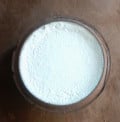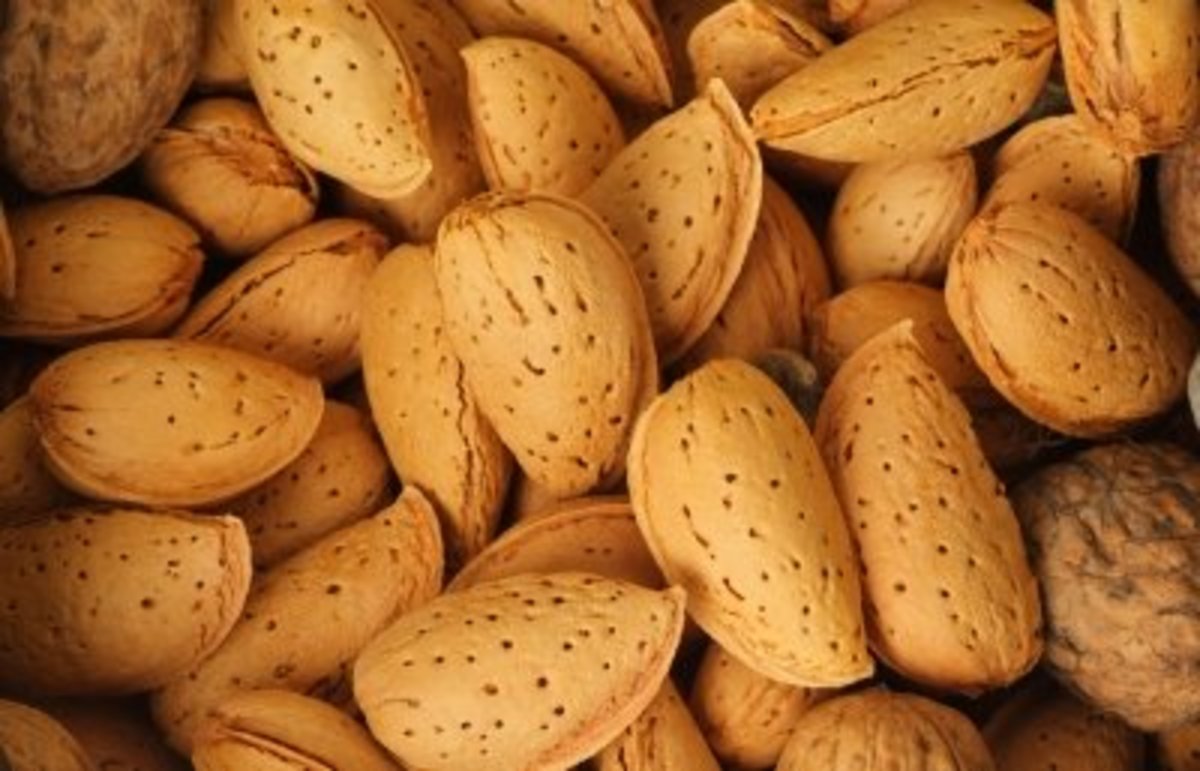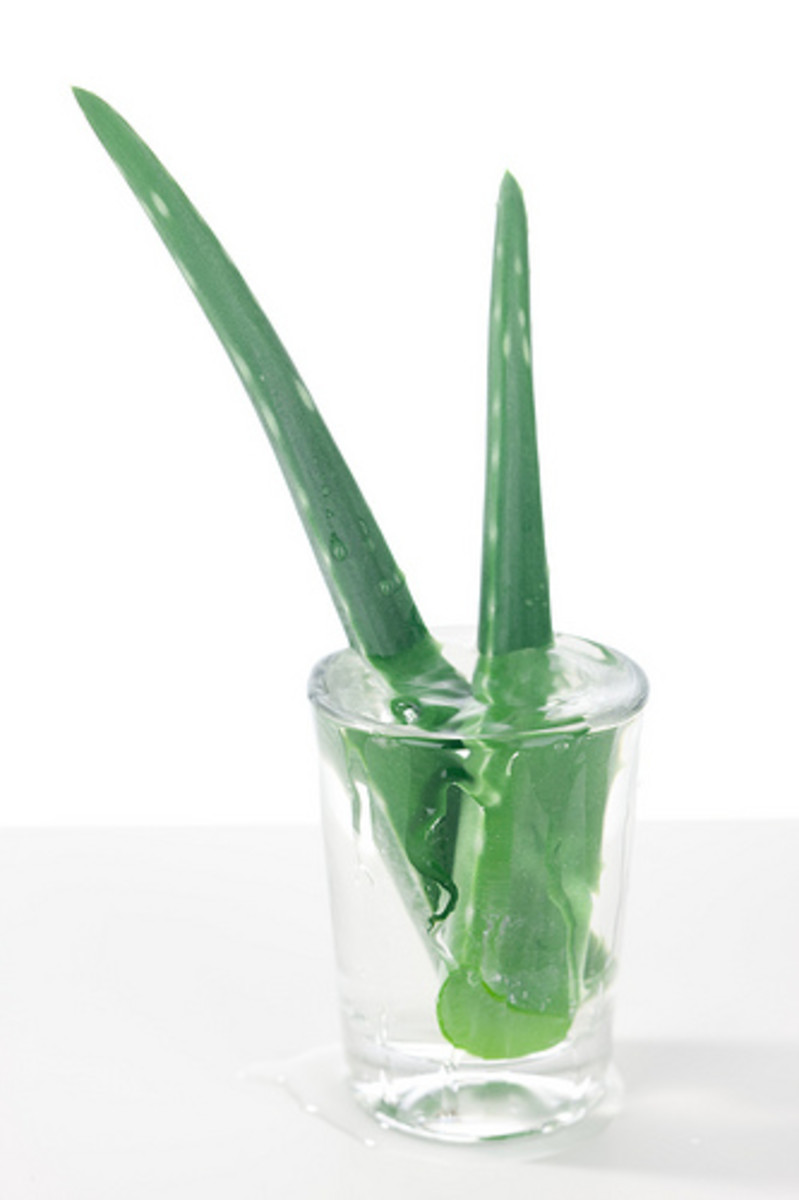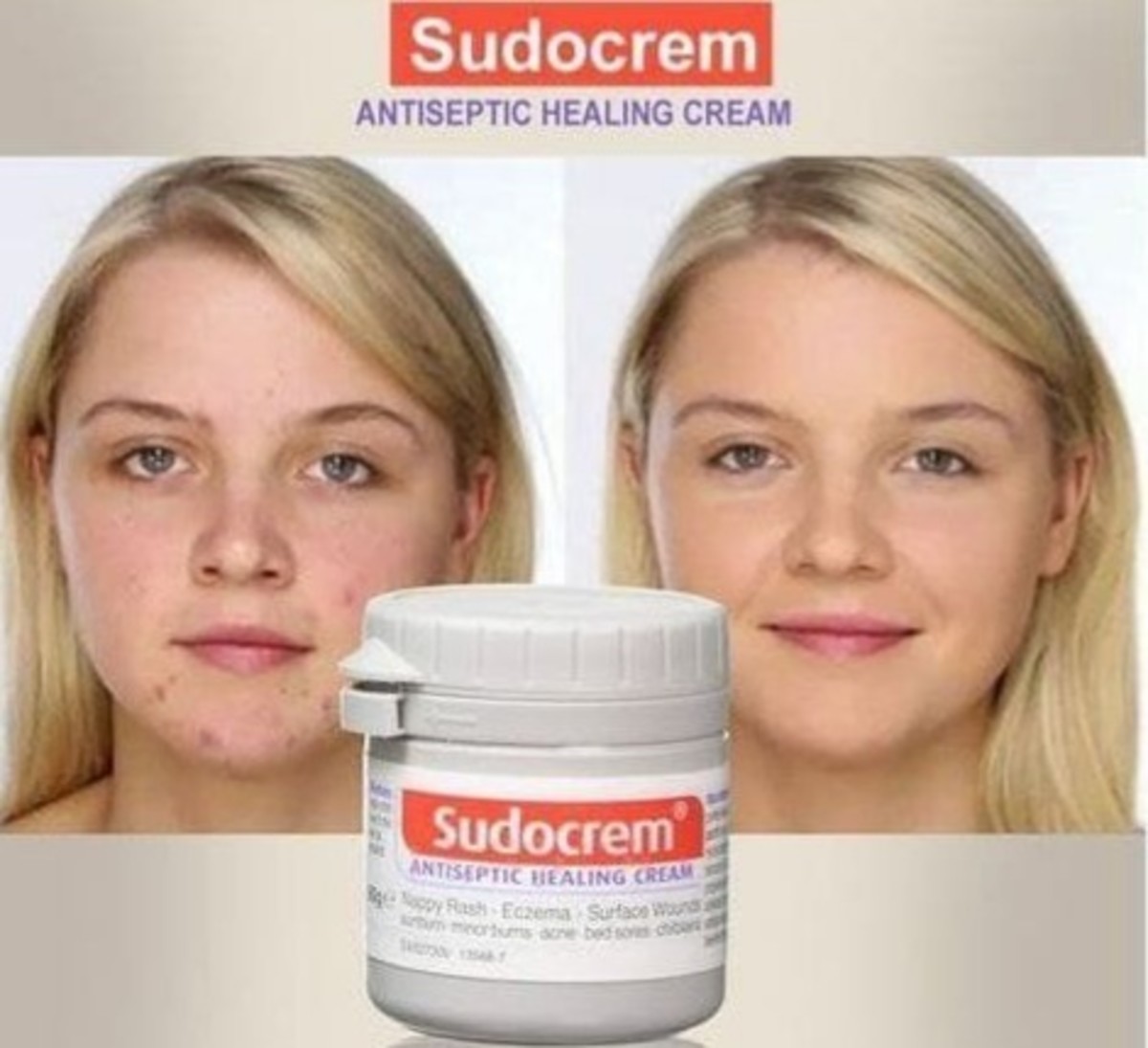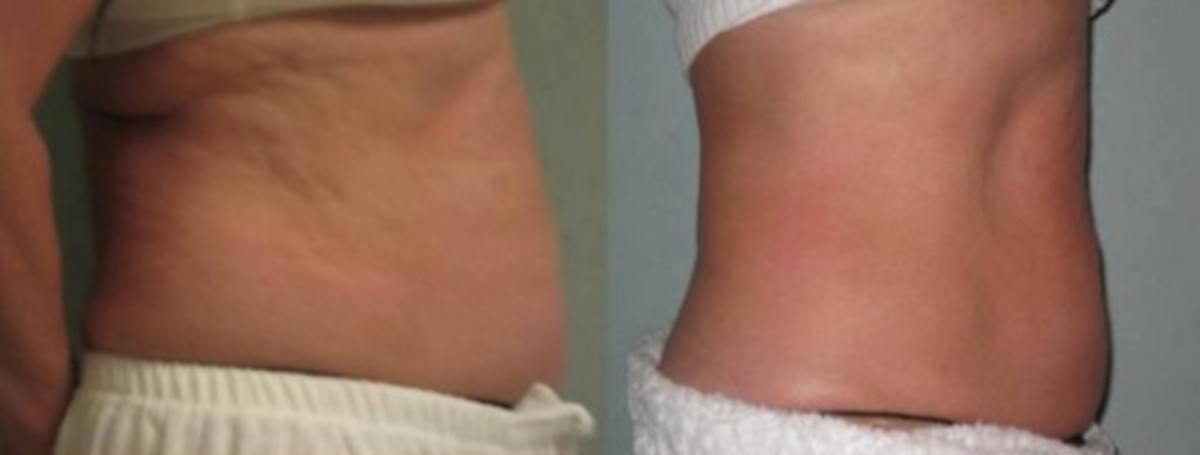Recipes for Easy Homemade Face Masks
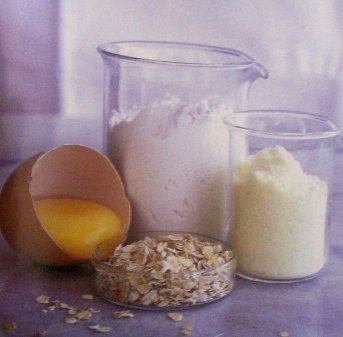
Who said food had to be eaten to be good for you? Start mixing, mashing, juicing and pulping, for face masks you can whip up in the kitchen.
Looking for the ultimate skin treatment? Then close the bathroom cabinet and head straight for the kitchen. In your fridge, fruit bowl, vegie box and cupboard are the ingredients for homemade face masks that can nourish dry or damaged skin, remove excess oil and refine pores. The masks are easy to make and leave your skin feeling clean and stimulated.
It's important, however, not to use face masks too often, as doing so can expose the skin's delicate underlayer to infection. How often you can safely use a mask will depend on your skin type. If you have oily, blemished skin, you will be able to use a mask several times a week. If your skin is dry, choose only the most gentle treatment and use it no more than once a fortnight.
Areas with obvious thread veins or broken veins should never be treated with masks or scrubs, as the additional stimulation could worsen the condition. Also avoid the delicate skin around the eyes.
As the following masks are made with fresh fruit, vegetables and milk or natural yoghurt, they should be prepared fresh each time or kept for no longer than 24 hours in the fridge. However, a base mask can be stored indefinitely.
Mask Ingredients
As you can see from the following list, many foods make great ingredients for masks. Combine a tablespoon of any one of these ingredients with a base mask, binder and essential oils. For pulped ingredients, blend enough raw ingredients to make a tablespoon of pulp (alternatively, you can cook and then mash).
apple pulp: slightly acidic; soothes and gently exfoliates.
asparagus pulp: stimulating; dries up pimples.
brewer's yeast: excellent for oily skin.
carrot pulp: antiseptic; heals pimples.
celery juice: acts as a toner for tired or older skin.
cooked and mashed turnip: deep-cleansing.
egg white: astringent and drying for oily skins.
egg yolk: nourishes dry skin.
fresh fig pulp: an emollient and cleanses.
grated cucumber: cools, soothes and heals. Works as a mild bleach for sallow skin and freckles.
grated raw potato: helps clear blemishes and eczema.
honey: hydrates, softens, soothes and heals.
lemon juice (diluted in one part water/one part lemon juice): removes oil and gently bleaches freckles.
lettuce juice (blend lettuce leaves to a pulp, adding a little water): soothes sore, rough skin; helps heal pimples.
mashed apricots: moisturizes, soothes and cleanses.
mashed avocado: deeply penetrating and nourishing.
mashed banana: nourishing.
mashed strawberries: slightly acidic and luxurious; cleanses.
mashed tomatoes: excellent for oily skin.
natural yoghurt: moisturizes and restores skin's acid balance.
orange juice: hydrating for older skin.
pear pulp: soothes and cools hot, sunburnt skin.
pineapple pulp: an astringent wash for oily skin.
watermelon juice: gently exfoliates, softens and deep-cleanses.
Binders
There are many food items that will not only bind the mask, but have the added benefit of being good for your skin.♦ Finely ground rolled oats♦ Dried milk powder♦ Kaolin (fine clay) powder (from pharmacies)♦ Wholemeal plain flour♦ Finely ground almondsEssential oilsWhen using essential oils in masks or on the skin, it's very important to use only 100 per cent pure essential oils from health food shops. Avoid those labelled "perfume oil" or "fragrant oil" as they are synthetic and won't be of benefit - in fact, they could harm your skin. Essential oils are immensely powerful, so use no more than two drops in a mask. (If you are pregnant or have health problems, check with a qualified aromatherapist before using essential oils).dry and normal skin: lavender, evening primrose, sandalwood.oily skin: geranium, lemon, ylang-ylang.pimple: evening primrose, clary sage, lavender.acne: carrot, evening primrose, tea-tree.eczema: carrot, chamomile, lavender.Making A Mask
First, make a base mask (recipe below), which will store indefinitely. When needed, add fresh ingredients to make a "ready-to-wear" mask, which should be applied immediately. Keep your hair off your face with a shower cap or headband and cleanse your face before applying the mask. Smooth the mask over your face, then relax, leaving the mask on for 10-15 minutes. Wash off with lukewarm water, and finish with a cool splash before moisturizing.
base mask
• 1 cup kaolin (fine clay) powder
• ¼ cup cornflour
• 1 tablespoon finely ground rolled oats or other binder
• 1 tablespoon dried skim milk powder
• 1 tablespoon any foods from "mask imgredients" list
• 2 drops essential oil of your choice
Mix kaolin, cornflour and oats or other binder. Store in a tightly covered jar. When needed, mix one tablespoon of the base mixture with skim milk powder and any of the ingredients suitable for your skin type listed in the "mask ingredients" list. Add essential oil. Mix to a soft paste. The paste should be stiff enough to stay on your face but not so stiff that it will dry to a claypan.
Ready-To-Wear Masks
for troubled skin
This mask helps to draw out impurities, kill bacteria and create healthier skin.
• 1 tablespoon base mask mix
• 1 tablespoon carrot or lettuce pulp
• 1 teaspoon honey
• 1 teaspoon natural yoghurt
• 2 drops lavender oil
Mix all ingredients to a soft paste. Add more carrot or lettuce pulp or yoghurt if mixture is too stiff; more base mix if it is too soft.
for dry skin
A rich and creamy mask to soothe and add moisture to dry skin.
• 1 egg yolk, beaten
• 2 teaspoon cream
• ½ -1 teaspoon runny honey
• 2 drops lavender or evening primrose essential oil
• finely ground almonds
Mix all ingredients to a soft paste, adding enough ground almonds to ensure mask stays on your face.
for oil-prone skin
If your skin is looking sallow or flat, the gently stimulating and cleansing action of the deep-cleansing mask will bring a glow to your skin.
• ½ teaspoon lemon juice
• 1 ½ teaspoons orange juice
• 1 teaspoon celery juice
• 1 teaspoon olive oil
• 1 teaspoon natural yogurt
• 2 drops geranium or lavender essential oil
• Dried skim milk powder for mixing
Mix all ingredients to a soft paste, adding enough skim milk powder to ensure mask stays on your face.



